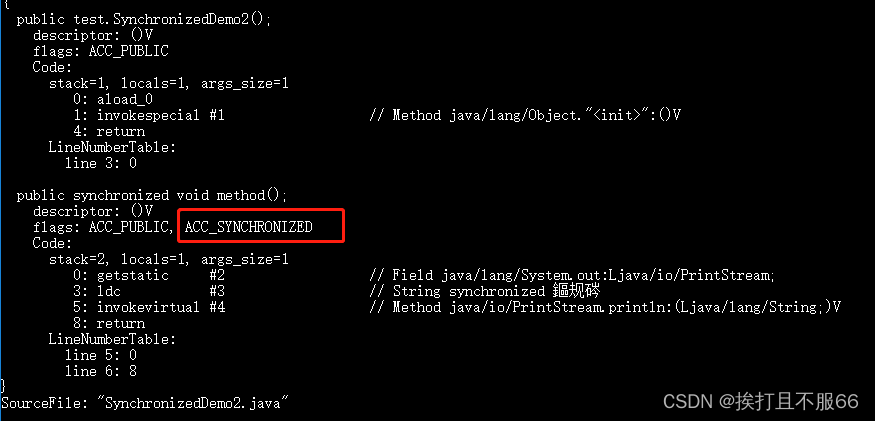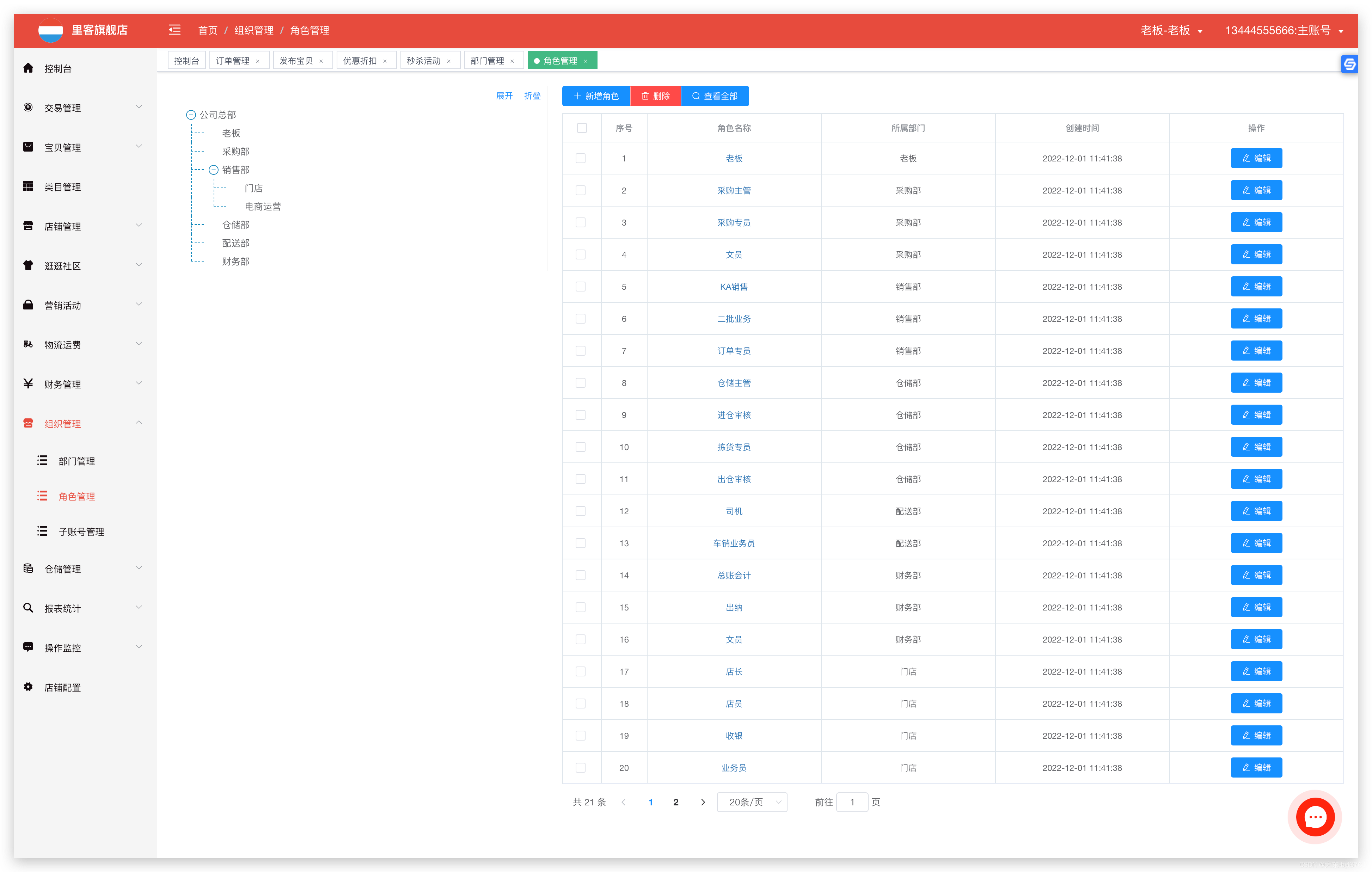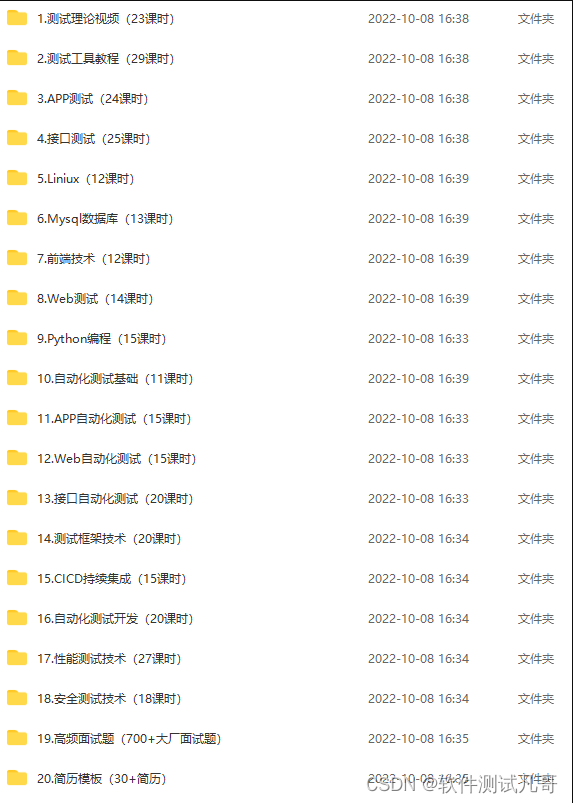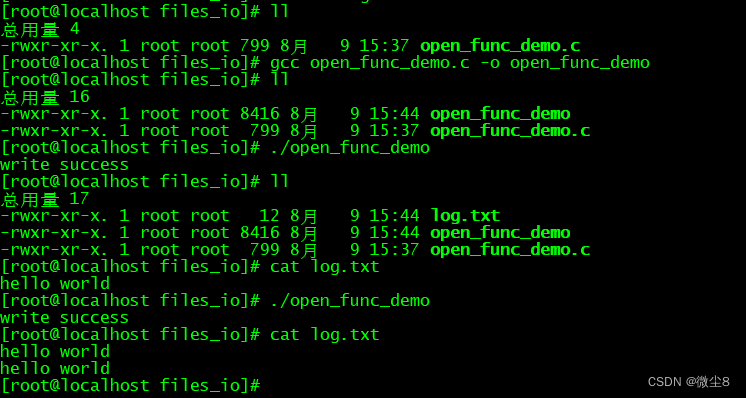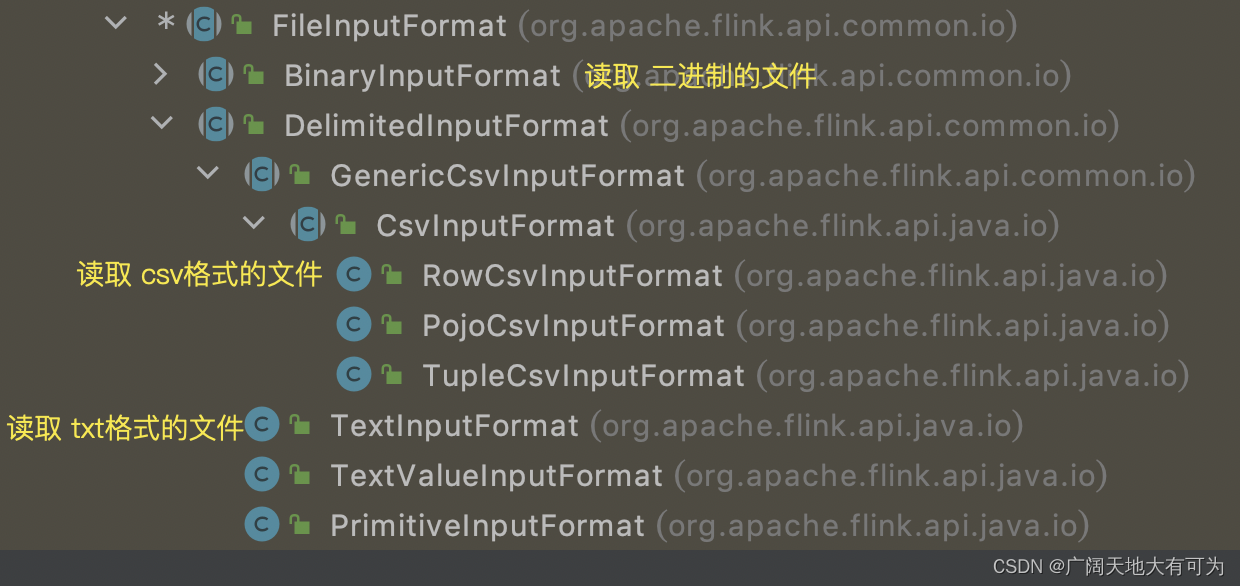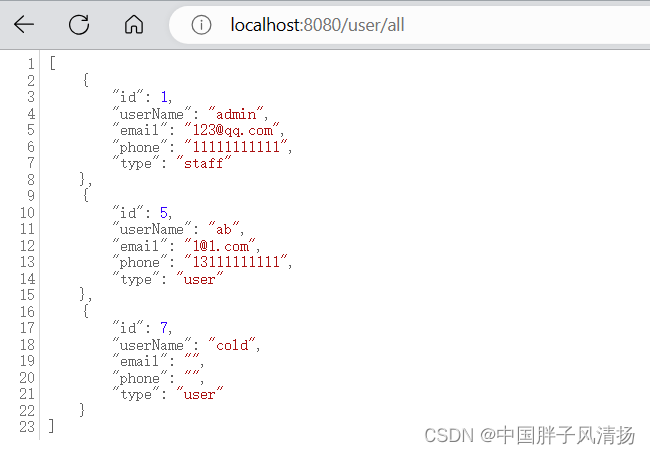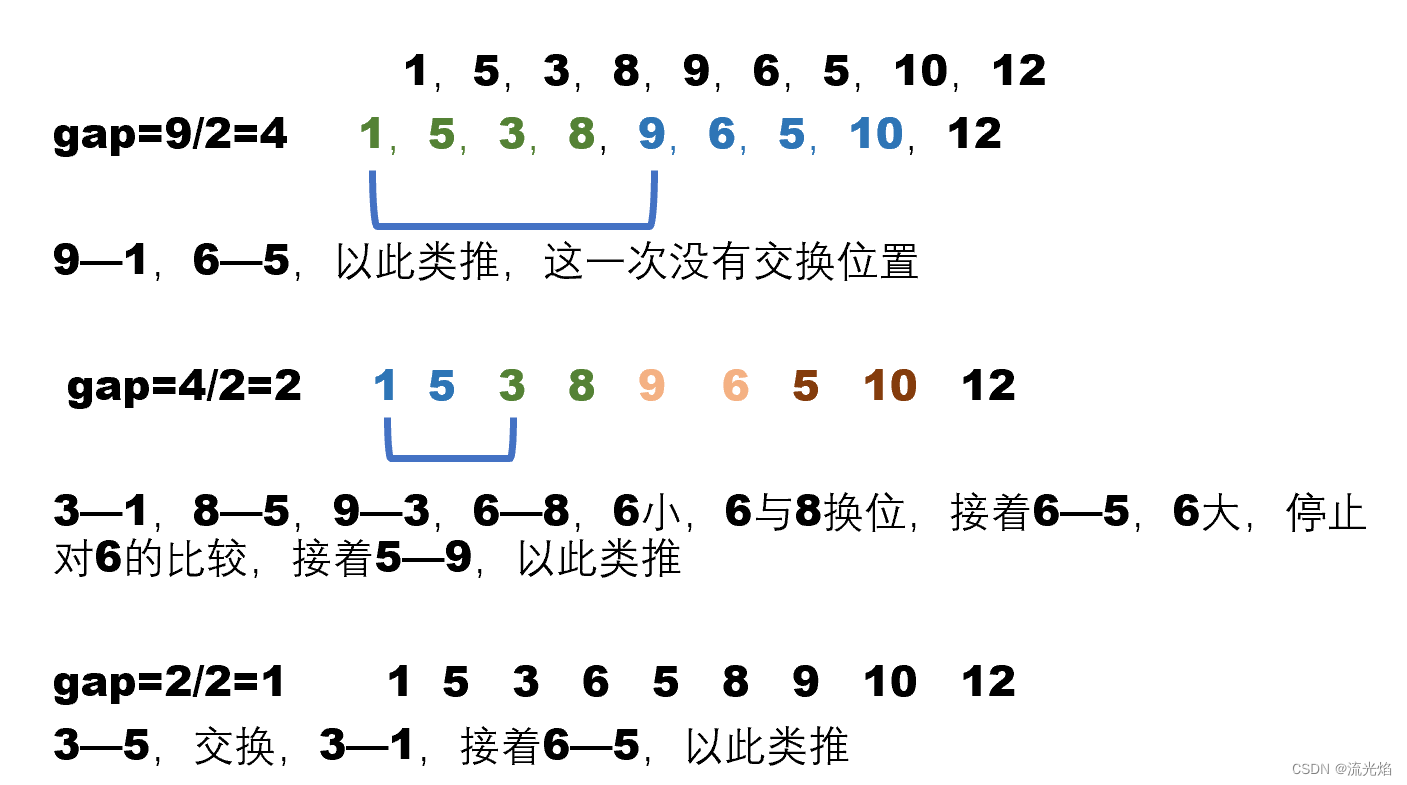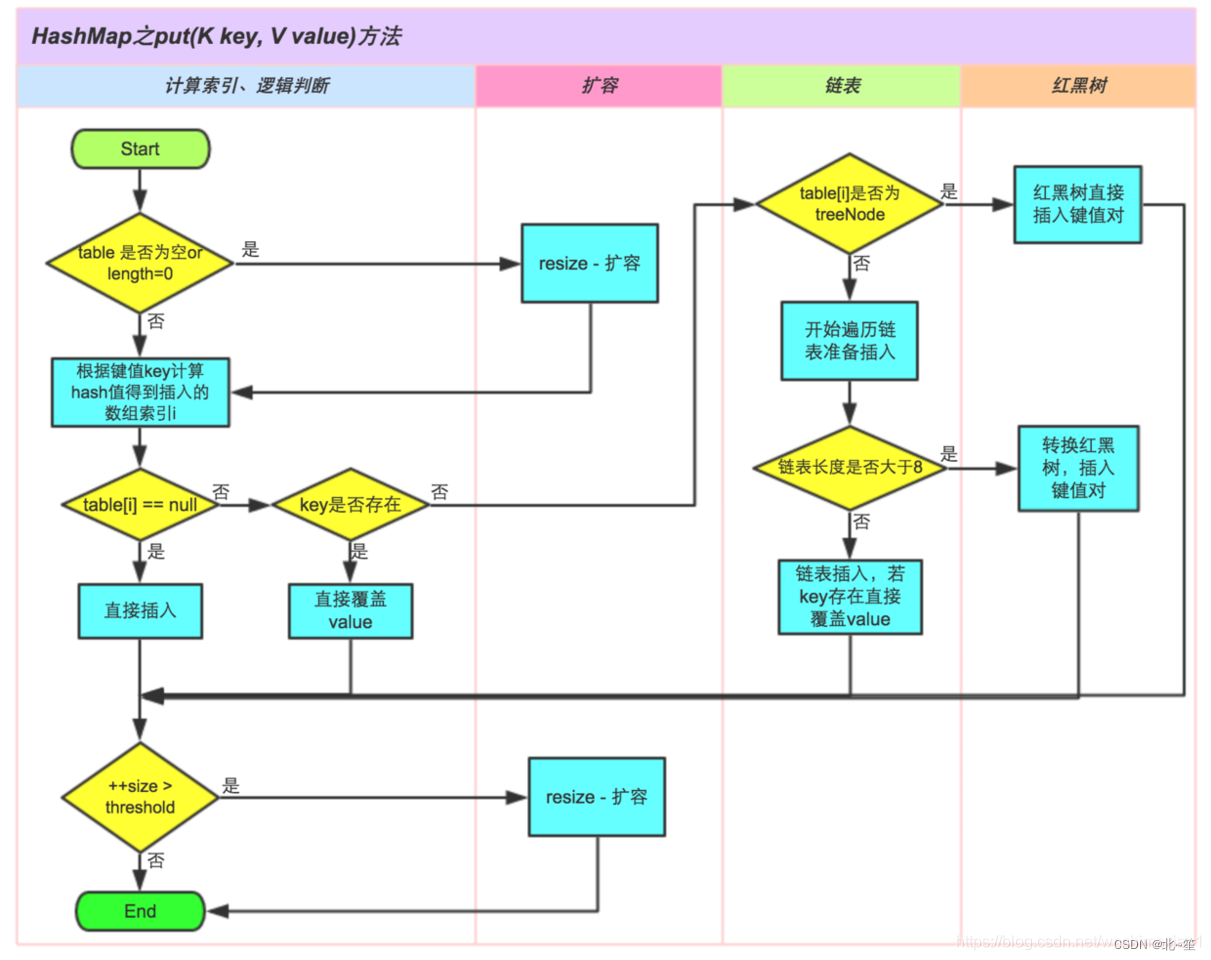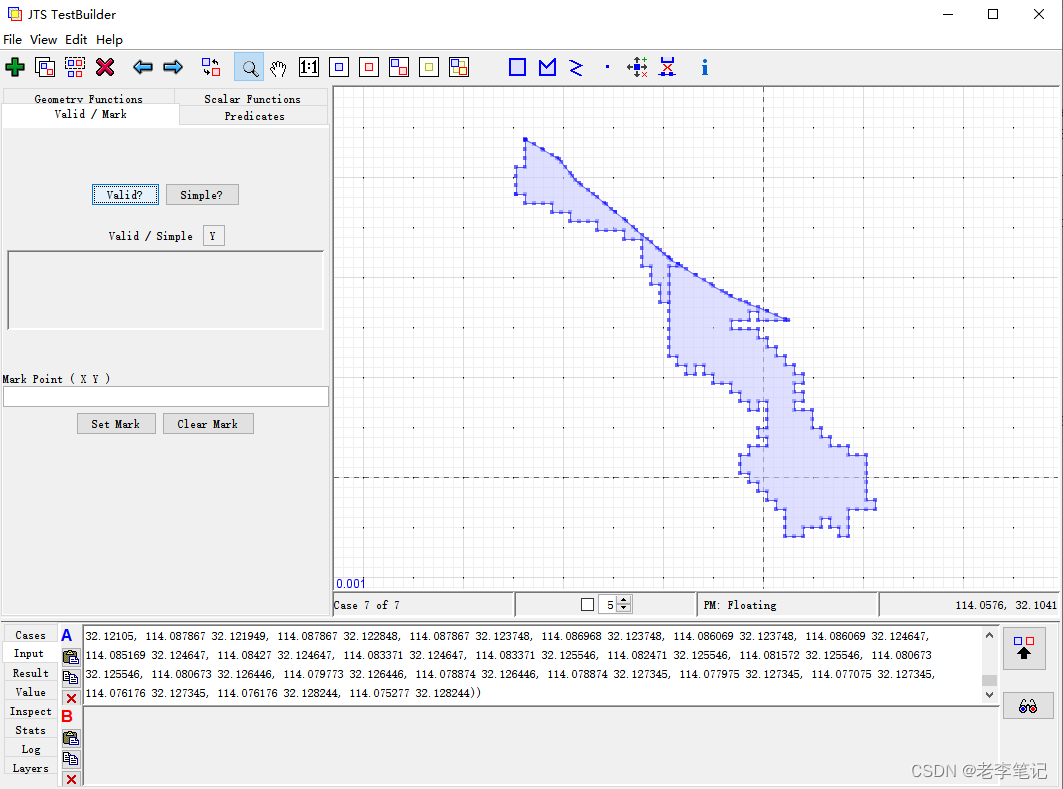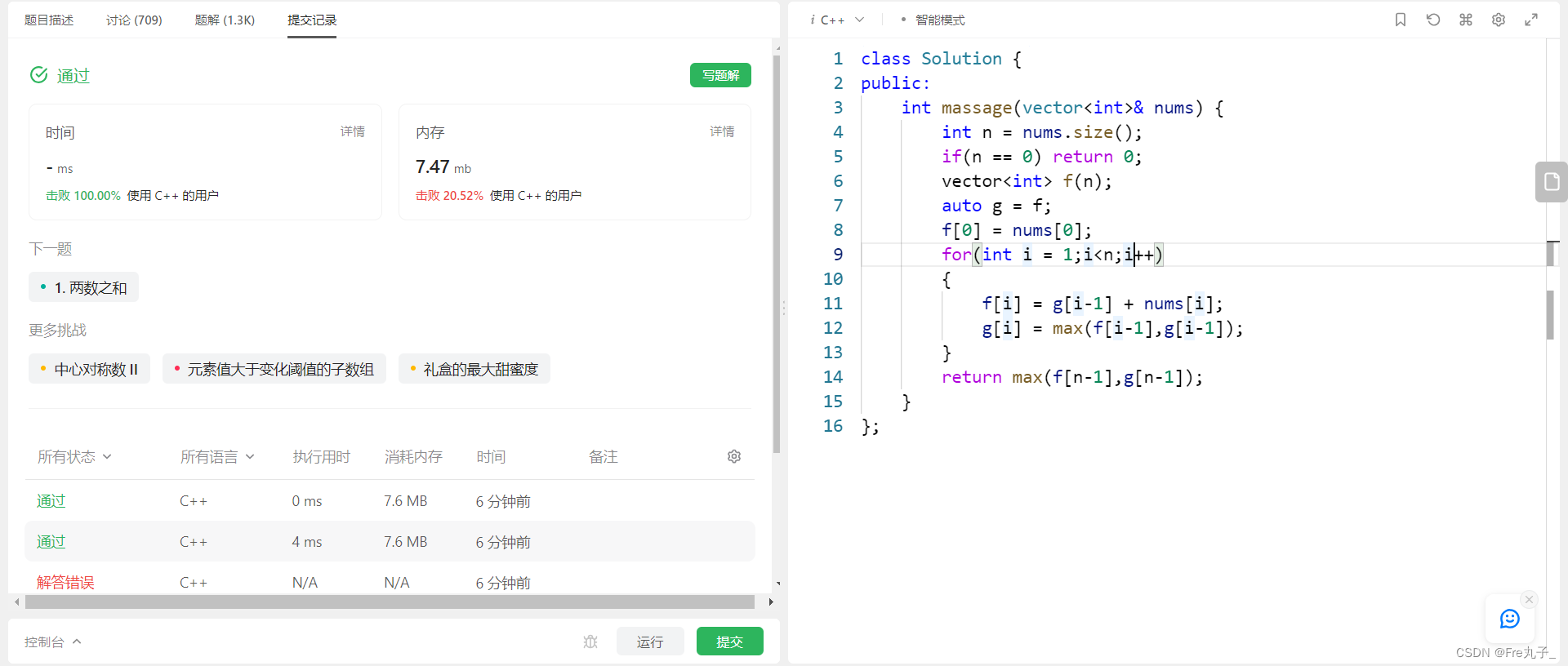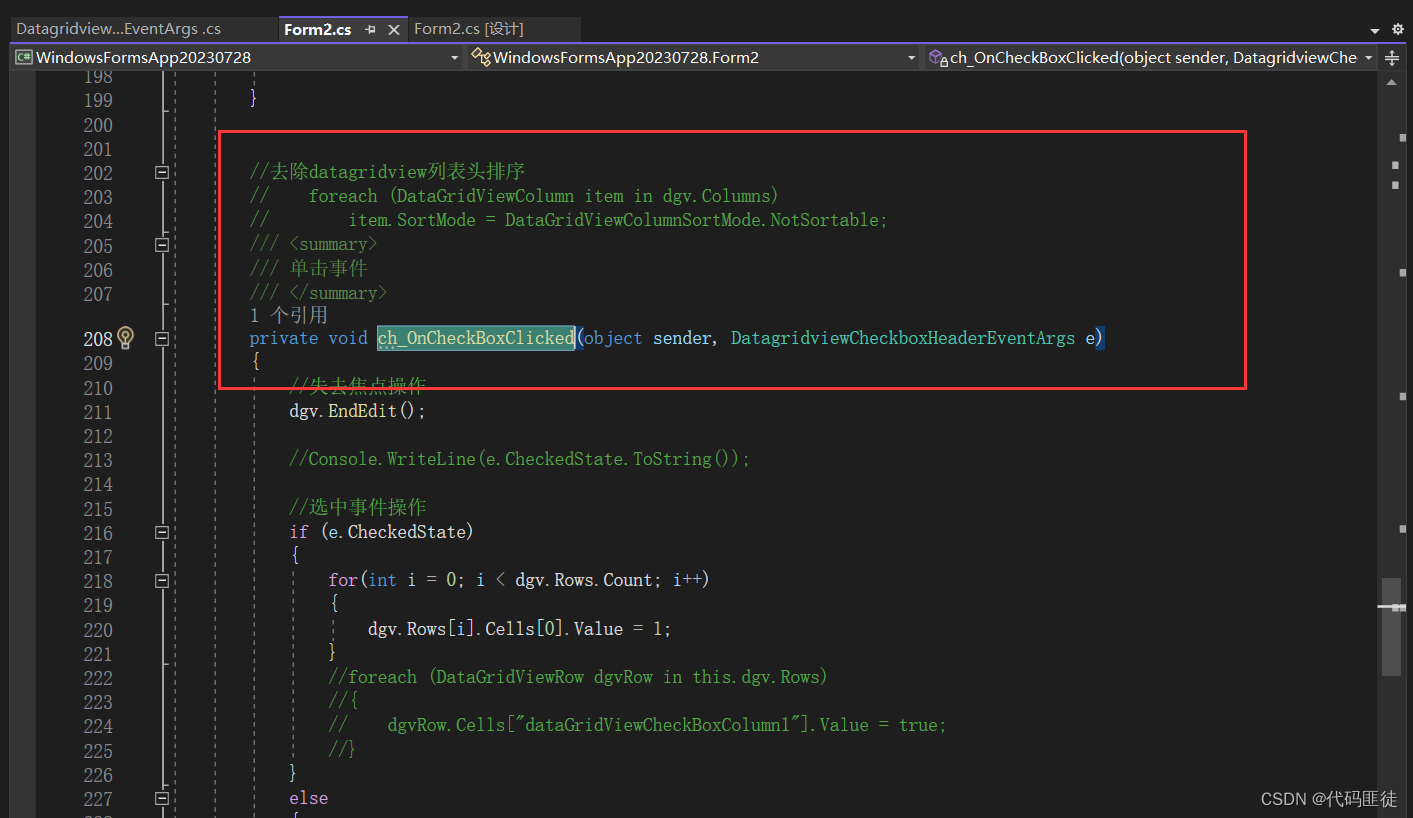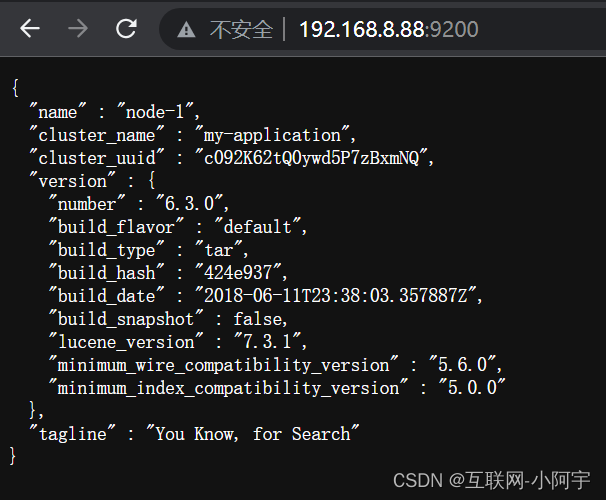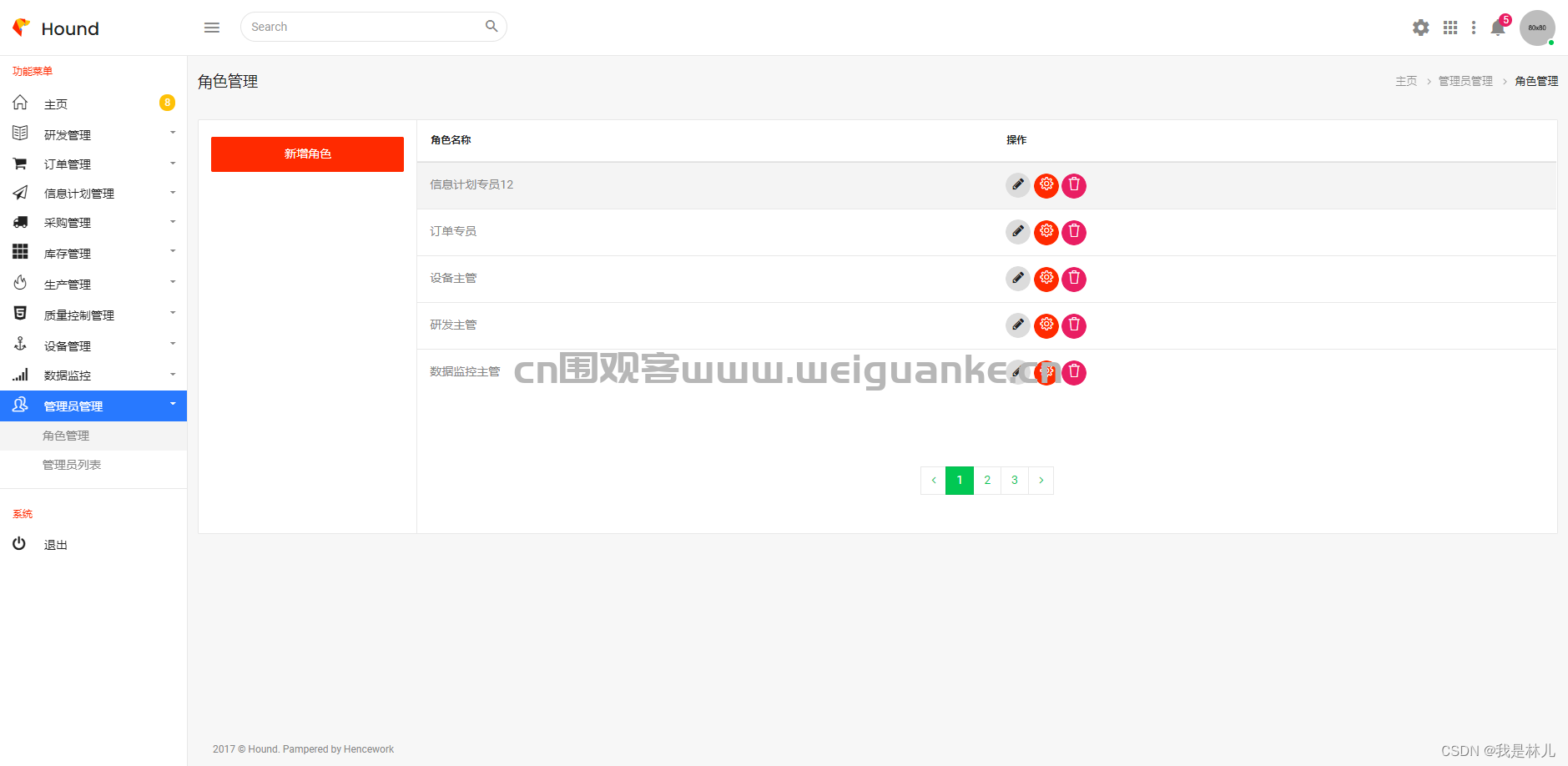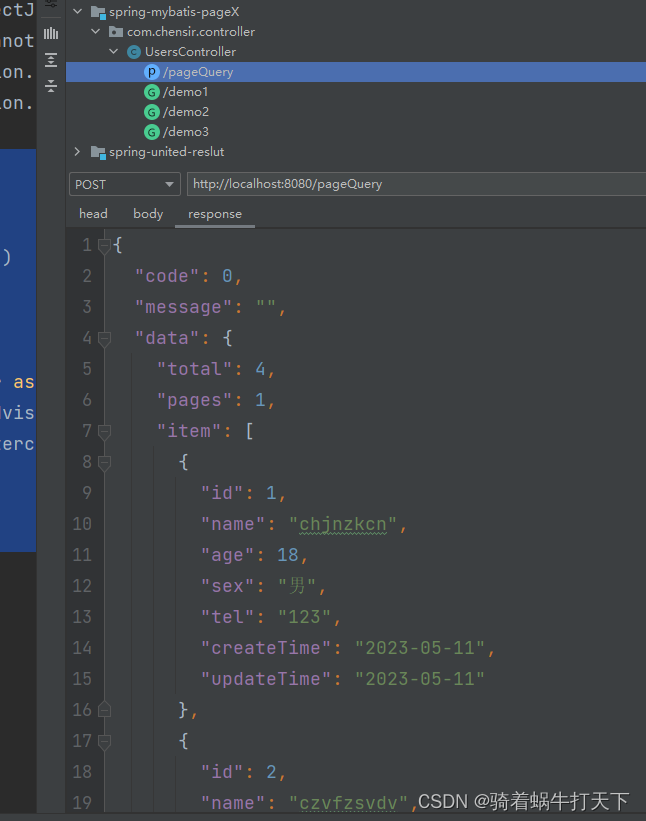描述
对于一个不存在括号的表达式进行计算
输入描述:
存在多组数据,每组数据一行,表达式不存在空格
输出描述:
输出结果
示例1
输入:
6/2+3+3*4
输出:
18
思路:
①设立运算符和运算数两个栈,,一个用来存储运算符,另一个用来存储运算数。
②在运算符栈中放置一个特殊运算符#,其优先级最低。
③将表达式尾部添加一个特殊运算符$,其优先级次低。
④从左至右依次遍历字符串,若遍历到运算符,则将其与运算符栈的栈顶元素进行比较,若运算符栈的栈顶的优先级小于该运算符,则将该运算符压入运算符栈;若运算符栈的栈顶的优先级大于该运算符,则弹出该栈顶运算符,从运算数栈中依次弹出运算数,完成弹出运算符对应的运算后,再将该结果压入运算数栈。
⑤若遍历到表达式中的运算数,则直接压入运算数栈。
⑥若运算符栈中仅剩两个特殊运算符#和$,则表达式运算结束,此时运算数栈中唯一的数字就是表达式的值。
源代码:
#include<iostream>
#include<stack>
#include<map>
#include<string>
using namespace std;
//习题5.2 KY102 计算表达式
//考虑到需要计算的数字可能不止一位,就从检测到数字的索引开始,一直到检测不到数字的索引,这之间的就是一整个数字
double getNum(string str, int& index) {
double res = 0;
while (isdigit(str[index])) {
res = res * 10 + str[index] - '0';
index++;
}
return res;
}
double cal(double x, double y, char op) {
double res = 0;
if (op == '+') {
res = x + y;
}
else if (op == '-') {
res = x - y;
}
else if (op == '*') {
res = x * y;
}
else if (op == '/') {
res = x / y;
}
return res;
}
int main()
{
string s;
//存储多个运算符号的优先级
map<char, int> maps = { {'#',0},{'$',1},{'+',2},{'-',2},{'*',3},{'/',3} };
while (cin >> s) {
stack<char> symbol;
stack<double> number;
//在运算符栈中放置一个特殊运算符#,其优先级最低。
symbol.push('#');
//将表达式尾部添加一个特殊运算符$,其优先级次低
s = s + '$';
int index = 0;
while (index < s.size()) {
if (isdigit(s[index])) { //遍历到数字
number.push(getNum(s, index));
}
else { //遍历到运算符
//若运算符栈的栈顶的优先级小于该运算符,则将该运算符压入运算符栈
if (maps[s[index]] > maps[symbol.top()]) {
symbol.push(s[index]);
index++;
}
//否则,弹出该栈顶运算符,从运算数栈中依次弹出运算数,完成弹出运算符对应的运算后,再将该结果压入运算数栈
else {
double x = number.top();
number.pop();
double y = number.top();
number.pop();
number.push(cal(y, x, symbol.top()));
symbol.pop();
}
}
}
printf("%.0f", number.top());
}
return 0;
}提交结果:

